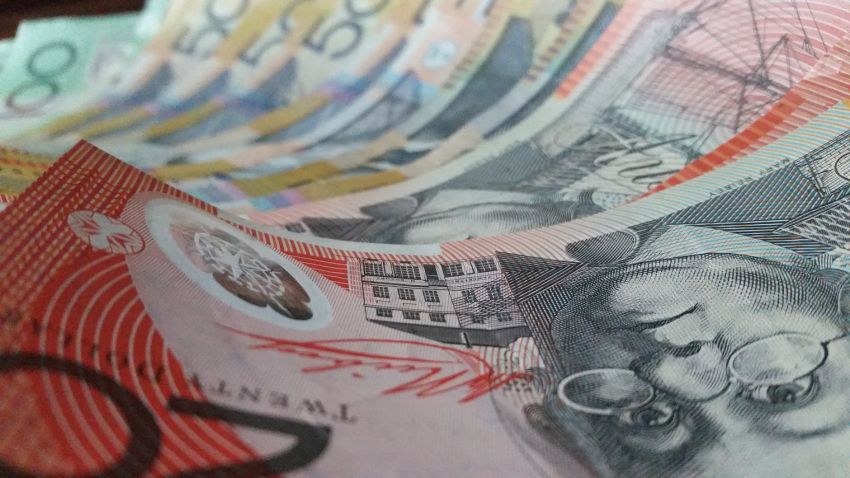
The COVID-19 shutdowns have triggered the recession that was already on the way. Unemployment is going to become one of the defining themes of Australian politics as nearly 600,000 people were pushed out of their jobs in April, and for many there will be no easy return.
While the federal government does not care about the well-being of the unemployed now any more than it did before, pro-capitalist politicians are still faced with a dilemma: how to continue to serve big business while appearing to care about all those who have been redundant?
While the unemployment rate remained relatively low, both Labor and the Coalition could refuse to raise Newstart, relying on the tired and dishonest tropes about the unemployed being hopeless cases unwilling to work. It did not matter how untrue, cruel and illogical this policy was; there were simply not enough votes in it for them to care.
All of a sudden it has become a bit more complicated.
The doubling of Newstart to create the JobSeeker payment, while very welcome, was purely cynical politics by Prime Minister Scott Morrison.
Half a million people made jobless overnight because of shutdowns ordered by his government were not going to take kindly to being lumped into the same category as the “bad dole bludgers” of the past, and even less the prospect of trying to survive on $40 per day.
Now, both Morrison and Labor opposition leader Anthony Albanese have the challenge of trying to wind back JobSeeker and reconstruct the narrative that unemployment is the fault of the individual, not the system.
While the declared position of the federal government has been that JobSeeker would revert to Newstart levels in three month’s time, it knows this could be politically explosive and there is now talk about a review.
Put on the spot, Albanese declared: “I don’t think it should be kept at the level where it is, where JobSeeker is higher than the age pension ... that’s not a reasonable proposition. But it is the case, I think, that JobSeeker shouldn’t go back to $40 day.”
This is very revealing. Whatever the amount that Albanese thinks JobSeeker should be reduced to, he clearly wants the unemployment benefit to remain below the official poverty line and he does not want the age pension to go any higher.
In fact, lifting the incomes of some of the poorest in the community would be one of the most effective ways of stimulating the economy, far more so than handing over billions of dollars to big business. This is because those on low incomes will spend most of it on real goods and services right now.
However, that is not attractive to the pro-capitalist politicians because it involves a modest, but real, redistribution of wealth. In times of recession, capitalists want to retain their profits by reducing workers’ share of the pie. Desperate unemployed people help put downwards pressure on wages and conditions.
The expansion of public subsidies to the fossil fuel industry proposed by the federal government will do very little to help those casual workers most immediately affected by the shutdowns and recession, who are disproportionately young and female.
Much of the so-called stimulus spending by state governments is equally poorly targeted. Two examples in Western Australia are the billions of dollars being thrown at new road projects, which do not tend to be subjected to exhaustive benefit-cost ratio analyses, and the announcement that the state will cut “red tape” to fast track property developments.
Some useful capital expenditure would be the expansion of the country’s public housing stock. Such a nation building project would inject money into the economy, create jobs and eliminate homelessness and the housing affordability crises at a critical time.
The Victorian government has announced it will spend $500 million on social housing. The majority is earmarked for overdue maintenance on existing housing stock and the leftover $158 million, roughly what one intersection on a freeway would cost, will be spent on building just 168 new housing units.
Social housing constitutes just 4% of Australia’s total housing stock; compared to 20% in Denmark or 44% in France, this is miniscule.
While the new social housing investment is better than zero, it is definitely not a “mammoth spend” as The Age put it. Rather, it is a sign of just how broken the system is, and how Labor and Coalition governments have destroyed the idea that providing dignified and affordable housing for all is a basic obligation of the state.
The neoliberal politicians in Canberra are trying to use COVID-19 and the recession to entrench and reinforce what is bad and broken in our society and economy. We need to vigorously campaign, every step of the way, to stop them and use the pandemic crisis to turn the country in a better direction.
Green Left is here to promote those campaigns, so get involved. You can become a supporter or make a donation to our Fighting Fund.